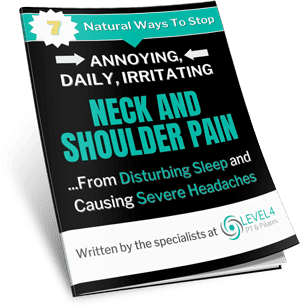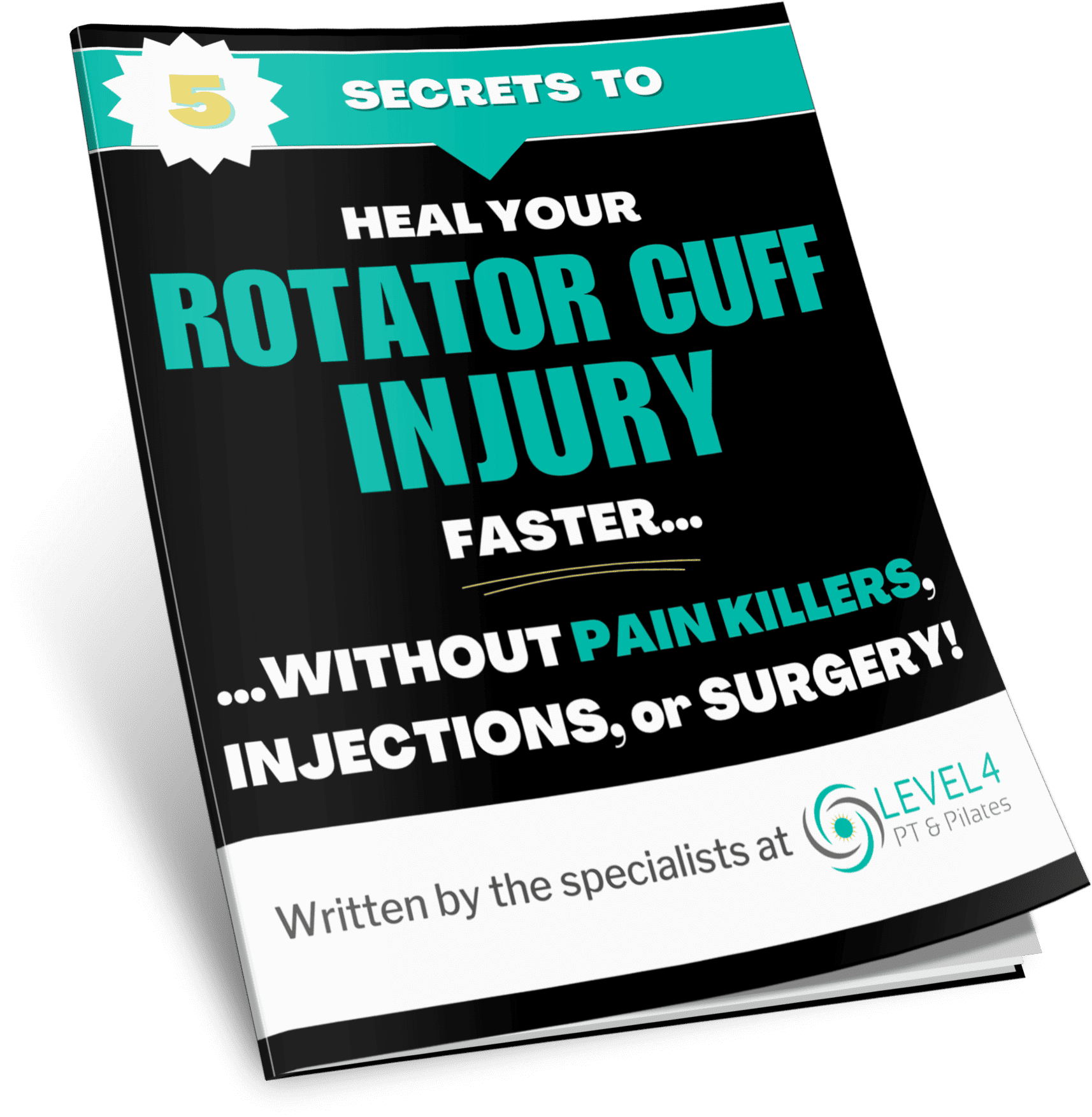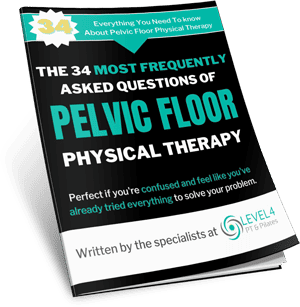Did you know that having good flexibility can slow down aging… despite your age? Are you finding it difficult to sit on low couches, chairs, toilet or on the floor? Are you waking up every morning with a stiff back? Are your shoulders beginning to round forward?? Is putting on your socks and shoes becoming more difficult? Can you not touch your toes from a standing position?

Flexibility Can Slow Down Aging
If you’re saying to yourself, “That’s not me, because I’m more of an active type of individual”, then you’re not getting away that easy.
Let’s think about these: Are you finding it more difficult to reach down to pick up a golf or tennis ball? Is it becoming more difficult to get in and out of your wetsuit? Have you noticed you can’t grab the skateboard like you once could and losing your tricks? Are you wondering why other people in the gym are making exercises look so easy and aren’t plagued with injuries like YOU are?
Well, it’s because loss of flexibility with age go hand in hand.
Losing Flexibility
Flexibility declines as the years go by because the muscles get stiffer. And if you don’t maintain flexibility as you age, the muscles will shorten.
Reduced flexibility affects not only our posture but also our ability to enjoy everyday activities with ease and grace. Little things become harder to do.
For instance, are you finding it more difficult to reach the upper shelves in your cupboard where once you could just reach up easily?
Do you find you can’t bend and touch your toes as easily as you used to?
Are you finding yourself needing a partner to help you get in and out of your wetsuit?
These might all just seem like the little ’nuisances of aging’ but unless we begin to actively move our bodies and increase our joints’ ranges of motion, the degenerating process becomes self-perpetuating. This then further reduces the activities you can do and increases the strain on joints as your body can no longer move freely.
Before you realize it, even if you’re only in your 40’s, 50’s, or 60’s, you’re looking and feeling ‘old’ and not always able to do the things that you would like to do.
Shortened muscles also increase your risk for falling and make it harder to do activities that require flexibility, such as climbing stairs.
“Warning signs that it’s becoming a problem would be having difficulty putting on your shoes and socks or tucking in the back of your shirt.”
Not only do you look and feel old your body is actually aging prematurely!
Can you see now why maintaining your flexibility can slow down aging…or at least make you look and feel younger.
Fortunately, you don’t need to follow this pathway. Even if you are already on it, you can take easy action to begin reversing this trend. I’m here to tell you that you can regain your flexibility after 40 and by maintaining your flexibility you can slow down the aging process.
The 2009 Nobel Prize in Medicine was awarded to German scientists for demonstrating that “The fitter a person is in middle-age or onward, the younger their cells.”
In other words, you can slow your rate of aging by staying flexible and strong – or you can grow old faster by allowing your body to become stiff, weak and frail.
Stretching Benefits
Several new studies have revealed the benefits of stretching.
“Stretching appears to do more than just increase range of motion,” says Arnold Nelson, an associate professor of kinesiology at Louisiana State University in Baton Rouge.
Professor Nelson also noted that stretching “may especially benefit people who need exercise the most but are too weak to lift weights or get moving. Stretching can be a good place for them to start on a path to wellness.”
When you stretch a muscle, you extend the tissue to its full length. If you hold that tension long enough, the muscle will be longer once it relaxes again. Stretching your muscle is similar to stretching an elastic band. The elastic’s resting length becomes longer.
The more often you stretch your muscles, the longer and more flexible they’ll become. As a result, you will:
- Increase your range of motion
- Reduce your risk for muscle and joint injury
- Reduce joint and back pain
- Improve your balance, thus reducing your risk of falling
- Improve your posture.
Regaining Flexibility
It’s a good idea to speak with a Physical Therapist, who can evaluate your muscle health and tailor a stretching program to your needs, especially if you have chronic conditions that affect your muscles and joints, such as arthritis, past surgeries or medical history of poor balance and falls.
An overall stretching program will focus on all the muscles of the body such as calves, the hamstrings, the hip flexors in the pelvis, the quadriceps in the front of the thigh, and the muscles of the shoulders, neck, and lower back.
Aim for a program of stretching every day or at least three or four times per week.
Here’s a blog Dr. Dawn wrote which demonstrates a simple and safe stretching program to get you started.
– BLOG: Why These 6 Simple Yoga Poses Can Help Eliminate Annoying Low Back Pain and Stiffness >
Types of Stretches
It’s crucial to warm up the muscles before you stretch them. That means getting blood and oxygen to the tissue to make it more pliable and amenable to change. If you don’t warm up, a stretch can damage the muscle fibers.
The best way to warm up prior to any activity is with dynamic stretching. This is when you move a joint through its available range of motion repeatedly, without holding a position. We recommend ten to 15 minutes of dynamic stretching. See the video example below.
WARNING: This dynamic warm up is just an example. If you have current balance issues or history of falls, it is recommended you get evaluated by a medical provider prior to attempting.
Video –> Dynamic Warm Up <– Video
Then you’ll be ready for the types of stretches that will help you regain flexibility, known as static stretching. These stretches are held for 10 to 30 seconds. Don’t bounce—that can cause injury.
Note: An aerobic or weight-training workout can also prepare the muscles for static stretching. However, static stretching should not be performed before a workout, when the muscles aren’t ready.
Stick with the program. It won’t magically restore flexibility overnight. In time, and with regular stretching, you’ll feel the results of a successful regimen.
Stretching For Life
Given that research is showing us that it is possible to regain and maintain flexibility as you age in order to build muscle which you need to stay lean, fit, healthy and active by stretching, isn’t it time that you included some stretching into your life on a regular basis?
The types of stretching that will increase flexibility and build a stronger more toned body include Yoga, Pilates and Tai Chi. So, go and look for a reputable center that has qualified specialists in your area.
Even 15 minutes a day at home will make a big difference to how your body feels and looks.
Remember, the fitter your body the younger your cells will be.
Strength and flexibility equals a more youthful body!
Dedicated to your health,
Dr. Oscar Andalon
If you are interested in learning more about what you can do to specifically address you flexibility, you can order our eBook, Move easier, bend further, stretch more… and ache much less! The easiest way ever with a downloadable guide to make your friends of a similar age “GREEN WITH ENVY” at your new found freedom & flexibility
- Can Physical Therapy Help My Muscles After Having Covid? - January 26, 2022
- The Real Story Behind What’s Causing Your Sciatica - August 30, 2021
- Should I Have Surgery to Repair a Tear in My Rotator Cuff? - February 9, 2021



















